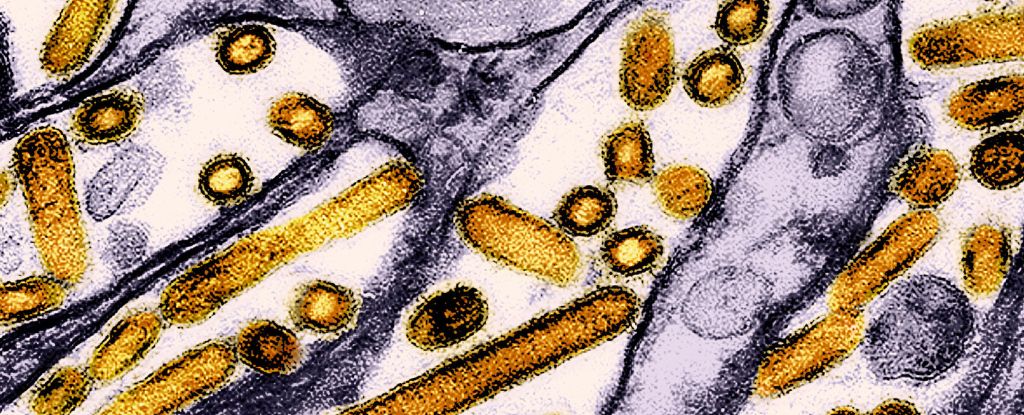Scientists have found an extremely subtle twist in the genetics of aging cells that appears to render them less and less functional over time.
RThat’s what researchers at Northwestern University found Animals like mice, rats, killifish, and even humans show a gradual imbalance of long and short genes in virtually every cell in their body as they age.
The discovery suggests that there are no specific genes that control the aging process. Instead, system-level changes appear to be aged with complex implications. And this can affect thousands of different genes and their respective proteins.
For a single gene, however, the changes are so tiny as to be insignificant. That’s probably why they’ve escaped our attention so far.
“We primarily focused on a small number of genes because we thought a few genes would explain diseases.” says Northwest University Data scientist Luís Amaral.
“So, maybe we weren’t focusing on the right thing before. Now that we have this new understanding, it’s like we have a new tool. It’s like Galileo with a telescope looking into space. Viewing gene activity through this new lens will allow us to see biological phenomena differently.”
Normally, in a single cell or group of cells, a code represented in DNA is translated into RNA, creating a collection of free-floating instructions known as a transcriptome.
This mobile library of genetic recipes uses the cell to create its parts and perform its various functions. The content also seems to change with age.
In a healthy young animal, the activity of short and long genes is balanced across a transcriptome, and this balance is carefully monitored and maintained. But as an individual ages, short genes become more of a dominant trend.
In fact, in several different animal species, shorter transcriptomes have been found to proliferate with age.
“Changes in the activity of genes are very, very small, and these small changes affect thousands of genes,” explained Developmental biologist Thomas Stöger.
“We found that this change was consistent in different tissues and in different animals. We found them almost everywhere. I find it very elegant that a single, relatively concise principle seems to account for almost all changes in the activity of genes that occur in animals as they age.”
Like the aging process itself, the transition to smaller transcriptomes begins early and is gradual.
In rats, tissue samples taken at 4 months of age had a relatively longer mean length of genes than those taken at 9 months of age.
The transcriptome changes found in killifish aged 5 weeks to 39 weeks were similar.
To test the pattern in humans, the researchers turned to data from the Genotype Tissue Expression (GTEx) project making genetic information collected from nearly 1,000 deceased individuals publicly available.
In humans, transcriptome length was again found to predict older age, becoming significant in the 50-69 age group.
Compared to the younger age group of 30 to 49 years, the older group showed longer transcripts that were less likely to “fold” or become functionally active compared to shorter ones.
“The result for humans is very strong because we have more samples for humans than for other animals,” says amaral
“It was also interesting because all the mice we studied are genetically identical, have the same sex and were raised under the same laboratory conditions, but humans are all different. They all died from different causes and at different ages. We analyzed samples from males and separated females and found the same pattern.”
Not satisfied with their results, the Northwestern researchers next examined the effects of various anti-aging products interventions about the length of transcriptomes. The majority of interventions favored long transcripts, despite their variable effects on the body.
The authors conclude that aging cannot be reduced to a single origin of transcriptome imbalance.
Instead her to quarrel that “several environmental and internal conditions” are likely to cause short genes in the body to become more active.
“Furthered by our findings on anti-aging interventions, we believe that understanding the direction of causality between other age-related cellular and transcriptomic changes and length-associated transcriptome imbalance could open new research directions for anti-aging interventions,” the authors said conclude.
The study was published in aging in nature.





